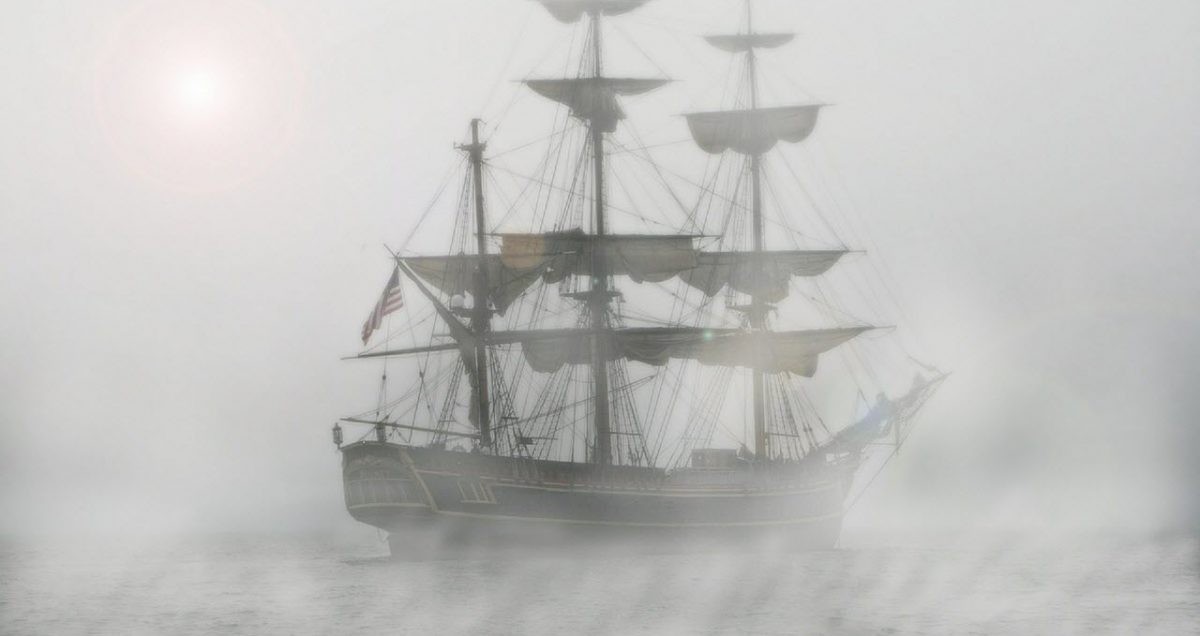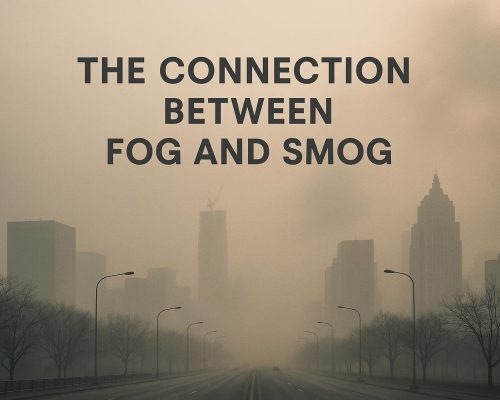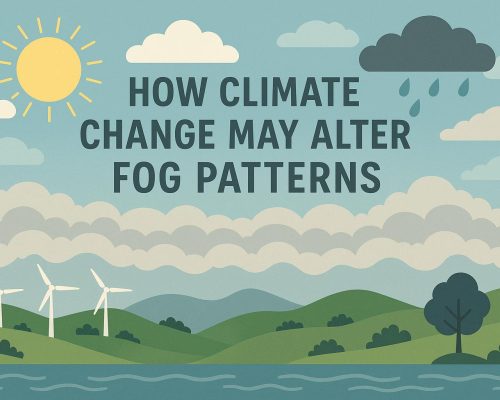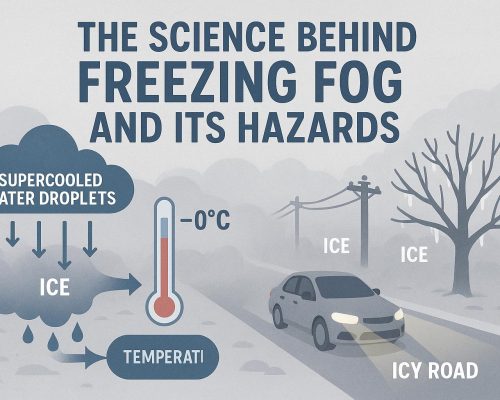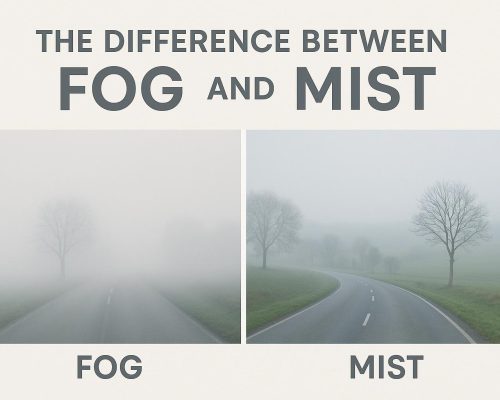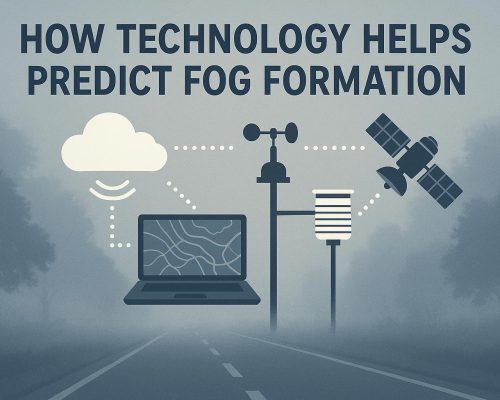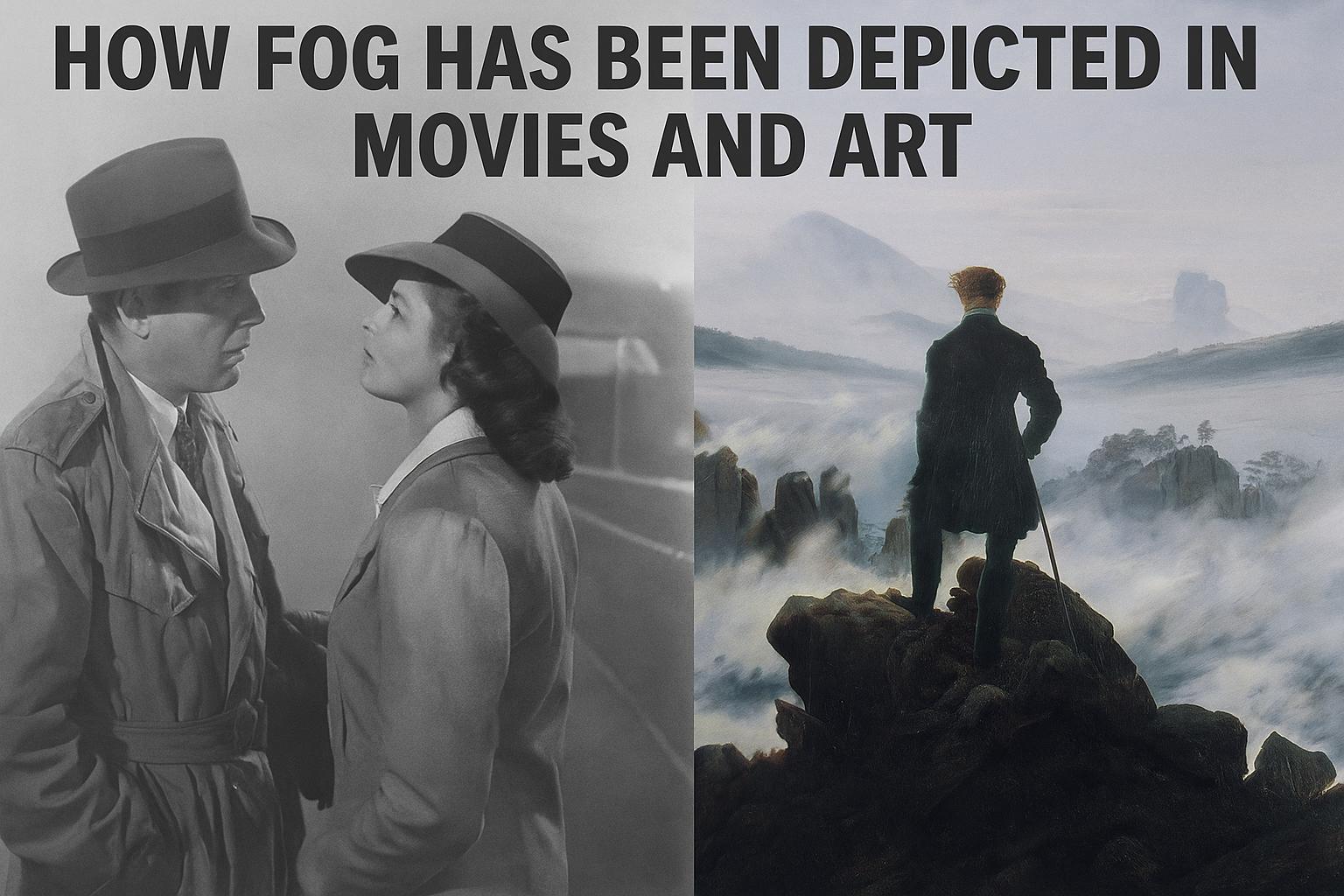
How Fog Has Been Depicted in Movies and Art
Introduction to Fog in Movies and Art
Fog, as a natural atmospheric phenomenon, serves as a compelling visual and symbolic element in the realms of both movies and art. Its unique ability to obscure visibility and generate mystery has been effectively utilized by filmmakers and artists alike to evoke specific emotions and convey deeper themes. This discussion will delve into the portrayal of fog across these mediums and examine the impact it exerts on audiences and viewers.
Fog as a Symbolic Element in Films
Within the cinematic domain, fog is routinely employed to heighten suspense and tension. Visionary filmmaker Alfred Hitchcock, renowned for his psychological thrillers, frequently incorporated fog to intensify atmospheric elements in films such as The Birds. By clouding visibility, fog introduces unpredictability to settings, thus magnifying a viewer’s sense of apprehension. This powerful visual tool often symbolizes confusion and ambiguity, mirroring characters’ internal turmoil or the uncertainty of their circumstances.
Another iconic use of fog is illustrated in John Carpenter’s The Fog, where the fog itself is transformed into a character brimming with supernatural presence. Here, fog takes on the role of an agent representing the unknown, ominously forewarning danger and metamorphosing familiar landscapes into menacing vistas.
Creating Visual Aesthetics
Beyond its symbolic connotations, fog in films contributes substantially to the visual aesthetic. It holds the capacity to soften landscapes, diffuse light, and imbue scenes with a dreamlike or surreal quality. Visionaries like Akira Kurosawa harnessed this phenomenon in films such as Throne of Blood, employing dense mist to cultivate a haunting atmosphere that accentuates the narrative’s ominous nature.
Fog in Art: Impressionism and Beyond
In the sphere of visual arts, fog has long been a focal subject of exploration. Artists involved in movements like Impressionism were particularly drawn to natural phenomena such as fog for its ephemeral qualities. A noteworthy example is Claude Monet’s series of paintings depicting the Thames River shrouded in fog, showcasing his dedication to capturing the interplay between light and moisture-laden air. His artwork Houses of Parliament, London manifests the ethereal allure of fog, where architectural elements seem to dissolve into atmospheric conditions.
Evoking Emotion and Atmosphere
Fog’s presence in art transcends mere visual representation, tapping into themes of emotion and mood. Artists like J.M.W. Turner employed fog to impart a sense of drama and to represent nature’s overwhelming power. His body of work frequently features foggy seascapes, where atmosphere becomes a focal element, underscoring themes of nature’s grandeur and human vulnerability.
Modern Interpretations and Uses
In contemporary art and film, creators continue to experiment with fog’s visual and symbolic capabilities. Technological advancements have expedited novel approaches to employing fog in films, allowing filmmakers to manipulate its density and movement to suit particular narrative needs. Moreover, modern art installations often incorporate artificial fog, transforming spaces and cultivating immersive experiences for participants.
Conclusion
The enduring depiction of fog in movies and art serves myriad purposes, ranging from enriching narrative depth to crafting intricate visual compositions. Its omnipresence across creative expressions underscores its versatility as a practical and symbolic instrument. For those intrigued by films and artworks featuring fog, a wealth of detailed insights and analyses can be accessed via various online archives and film databases.
